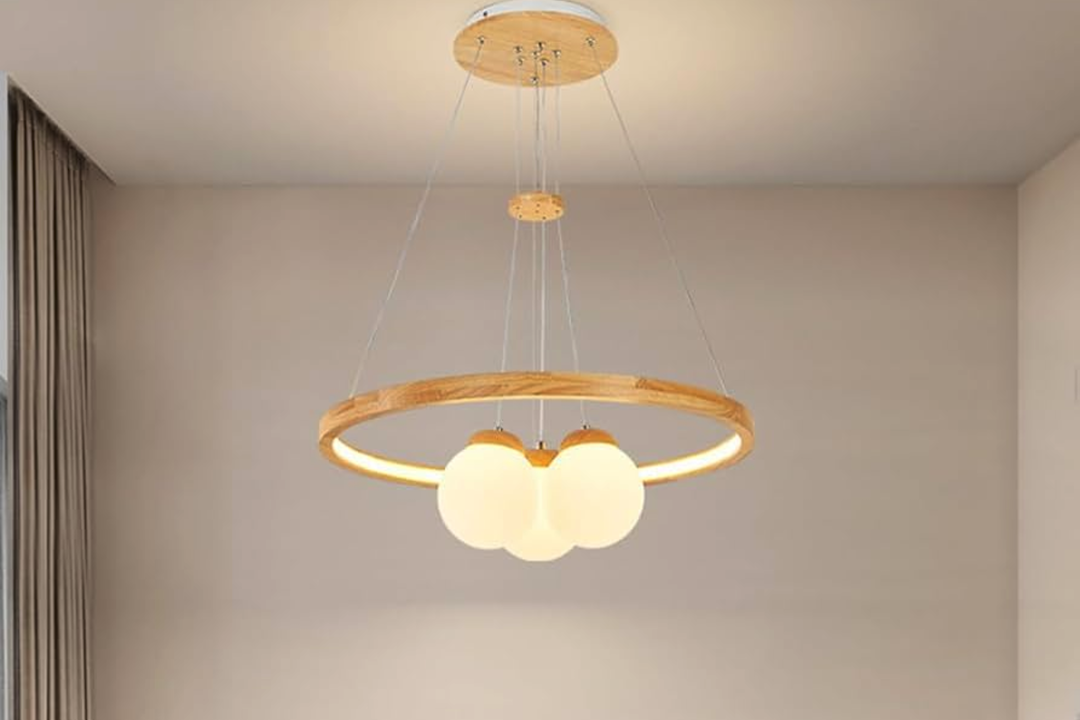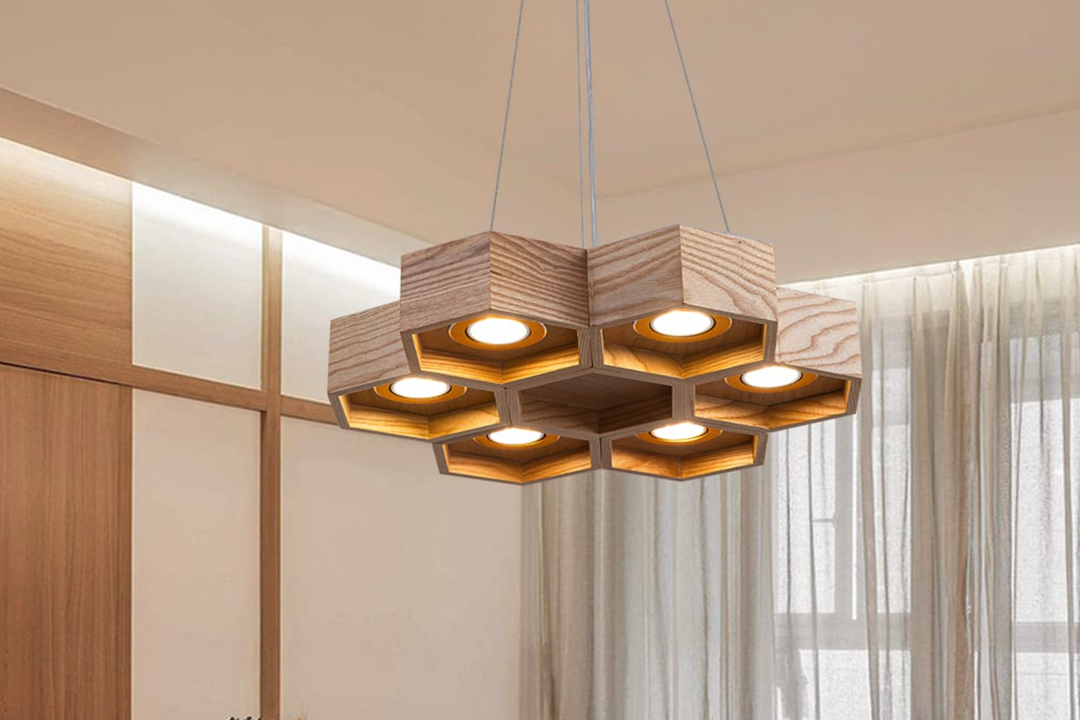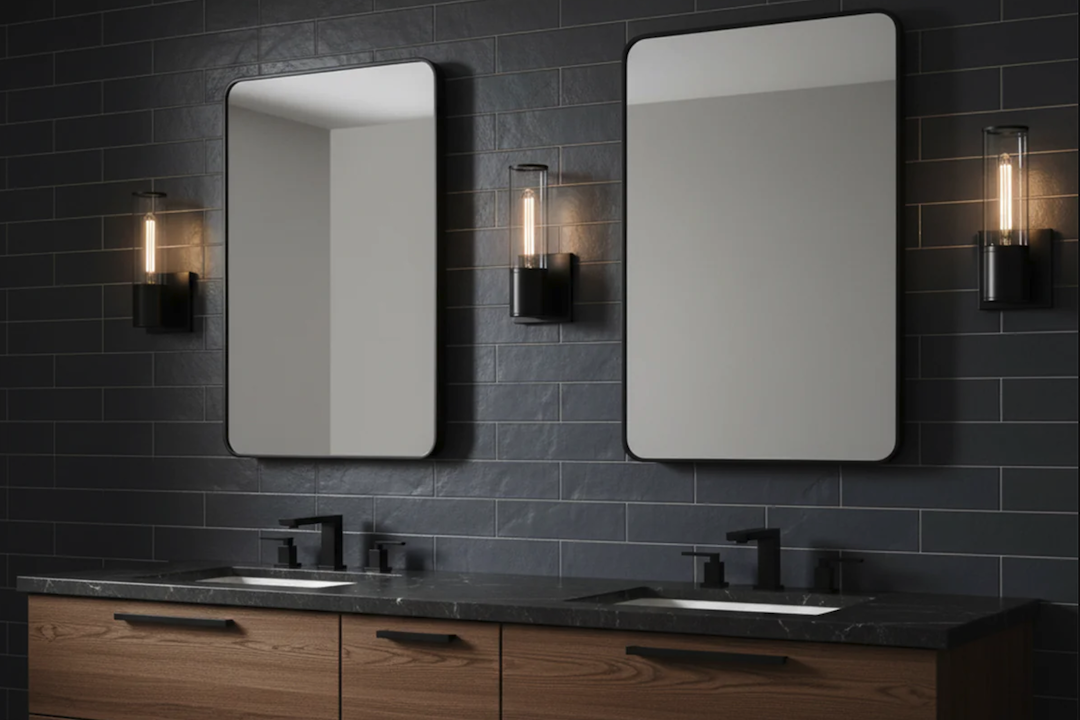Introduction
Architectural lighting has become an integral component in the design of buildings, interior spaces, and outdoor landscapes. Various architectural lighting technologies have made it possible to illuminate spaces in ways that were not imaginable just a few decades ago. Architect lights are now designed to not only enhance the aesthetic appeal of a space but also contribute to energy efficiency, sustainability, and human well-being. This article will cover the various types of architect lights, their design features, and the factors to consider when designing with architect lights.
Types of Architect Lights
There are various types of architect lights available today, including:
LED Lights
LED lights are the most commonly used architect lights in modern buildings. They are energy-efficient and have a longer lifespan than traditional lighting sources. LED lights produce a cool, directional light that is ideal for highlighting specific features in a space.
Fluorescent Lights
Fluorescent lights have been a popular choice for architect lights for many years. They are inexpensive and energy-efficient but produce a light that is considered harsh and unflattering by some when used for task lighting.
Halogen Lights
Halogen lights produce a warm, natural light that is very similar to natural daylight. They are mostly used for decorative lighting and are often used in conjunction with other architect lights.
HID Lights
HID lights are the most powerful architect lights available. They are used in larger spaces where high-intensity illumination is needed, such as outdoor stadiums or large commercial spaces.
Design Features of Architect Lights
Architect lights come in a range of shapes, sizes, and designs, each with different features to suit different applications. Some common design features of architect lights include:
Color Temperature
Color temperature refers to the hue of light produced by architect lights. It is usually measured in kelvin (K). A lower kelvin value (2700K-3500K) produces warm, yellowish light, while a higher kelvin value (5000K-7000K) produces cool, bluish-white light.
CRI
CRI (Color Rendering Index) is a measure of how accurately a light source reveals the true color of objects. The higher the CRI value, the more natural and accurate the colors appear.
Dimming and Control
Architect lights can be dimmed to control brightness, which can be useful for creating a specific mood or atmosphere. They can also be controlled using remote systems or smart home automation to allow for greater flexibility and convenience.
Factors to Consider when Designing with Architect Lights
When designing with architect lights, there are several factors to consider, including:
Functionality
The primary function of an architect light should be to provide adequate lighting for the intended purpose of the space. Sufficient light levels with no glare or shadows should be maintained.
Aesthetics
Architect lights must be aesthetically pleasing and complement the design of the space. They should enhance the architecture and not detract from it.
Energy Efficiency
Architect lights should be energy-efficient to reduce energy consumption and operating costs while minimizing the impact on the environment.
Safety
Architect lights should be installed and operated safely to minimize any risk of injury or damage to property.



